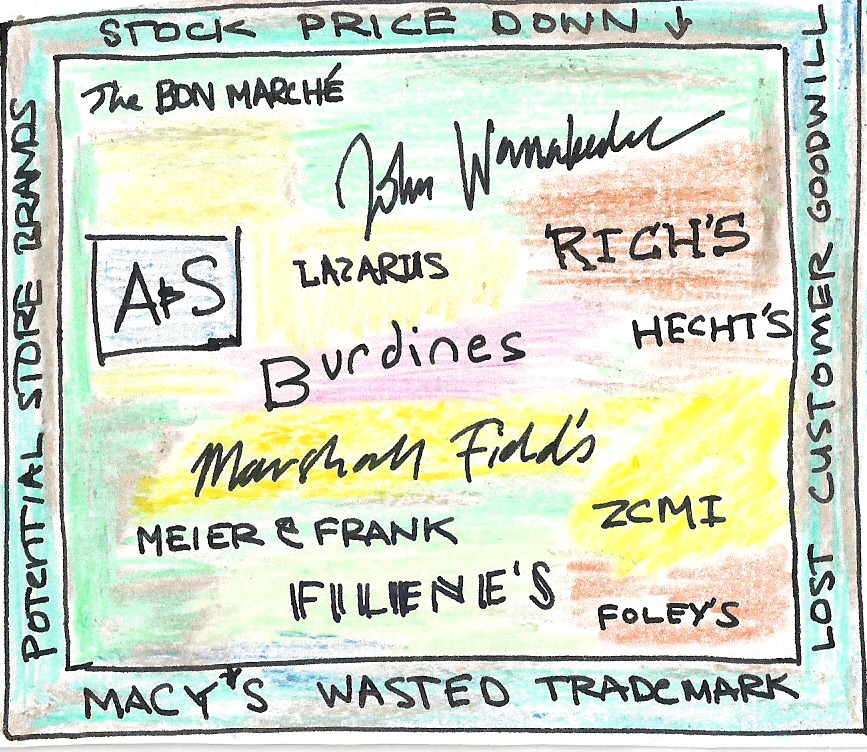 Except for the success of discounters like Wal-Mart Stores (WMT), BJ’s Wholesale Club (BJ), Dollar Tree (DLTR), Family Dollar Stores (FDO) and Dollar General, it feels like 1932.
Except for the success of discounters like Wal-Mart Stores (WMT), BJ’s Wholesale Club (BJ), Dollar Tree (DLTR), Family Dollar Stores (FDO) and Dollar General, it feels like 1932.
That being said, not all retailers will go the way of Circuit City and Linens-n-Things. So the question becomes what retailers can do to tread water through 2009? And when they do make it, what sorts of things are they doing in 2009 to create opportunity in 2010?
That’s the biggest question facing Macy’s (M), which has been in the mid-range of companies affected by the downturn. It has not had the double-digit drop in sales that was seen by the luxury department stores, but it also had a 1.4 percent decline in same store sales from 2006 to 2007. Press reports had the whole 2008 Christmas season (Nov/Dec) down 7.5 percent, but December down only 4 percent. That’s good news for a number of reasons. Mostly because big luxury retailers were off far more in the holiday season; Saks (SKS) was down 19.8 percent and Nordstrom down 10.8 percent.
Macy’s, which is really Macy’s and Bloomingdale’s, is doing some forward-thinking things; after all they have survived two major downturns and any number of smaller recessions in their 150 years. They have a My Macy’s pilot project, where product assortments in select stores are more tailored to local habits. This should be retailing 101; I think even a Kroger manager can pick some of his own SKU assortments. Still, it indicates that Macy’s management is fighting for sales across the country, and not just in markets like New York where there are analysts watching.
In addition, Macy’s is investing in food start-ups, with concepts like chef Todd English’s Figs restaurant at The Gardens Mall in Palm Beach County, Florida. Department stores were traditionally home to great restaurant concepts; it helped keep customers in the stores for hours, not minutes (witness the success of the 40 Carrots restaurant brand at the 59th Street Bloomingdale’s). In addition, restaurants bring customers (including businessmen) into the store regularly, sometimes weekly. That Macy’s is bringing restaurants back in places like Palm Beach Gardens is smart, smart, smart. But it’s difficult and expensive to get this right; let’s hope they have the stamina to make these pilot programs work.
Macy’s still has a lingering problem they have not really addressed; they merged a number of great department store name brands into Macy’s, and alienated longtime cardholders from each store brand when they did it. The most prominent case has been Marshall Field’s. Folks who don’t live in Chicago don’t realize that their flagship store was the subject of boycotts and street protests just after the Marshall Field’s brand was retired in favor of Macy’s. The same sadness was felt by customers at Rich’s (Georgia), Abraham & Straus (Brooklyn), Burdines (Florida), Meier & Frank (Portland), Marshall Field’s (Chicago), John Wanamaker (Philadelphia) and Filene’s (Boston), among others, though only Chicago saw street action.
All of this, however, presents a New Coke/Old Coke opportunity. At the same time it ditched these store name brands, Macy’s has been pushing strange store product brands including Alfani, American Rag and Tasso Elba. These brands mean little to consumers. American Rag? Hello? Macy’s also licenses Donald Trump. Trump is really a head-scratcher; who would actually associate a comb-over guy with men’s fashion leadership?
Macy’s needs to reassert its former store names as in house product brands, and use that equity. Before the changeover, Marshall Field’s, for instance, was not only a store brand, but the Marshall Field name appeared on a number of goods, including towels. Because Macy’s was so keen to brand the store, it over-reacted and obliterated most mentions of the prior Field’s name, including those that made sense. Reviving these names won’t confuse consumers; Target Stores (TGT) still sells towels under the Fieldcrest brand, a legacy from the time when Marshall Field’s and Target were sister companies.
Chains routinely use store brands as product brands. For instance, Delhaize Group’s (DEG) Sweetbay, a Florida grocer, sells Hannaford brand products, which are actually the name of their sister Northeast grocery stores. Montvale, N.J.-based Great Atlantic & Pacific Tea Co. (GAP) sells its A&P branded food in Germany at its sister supermarket, Tengelmann. And Target sells Boots-branded cosmetics exported from that U.K. drugstore chain.
These former department store brands have national profiles and centuries of brand equity. Some brands like Burdines, associated with Florida, would work well on resort wear across much of the U.S. Marshall Field’s could be used for store-branded housewares, linens and the like. Rich’s, with its Gone With the Wind Atlanta mystique, might be used for wedding wear. And even the more forgotten store names that have been shelved for more than five years could be utilized on simple promotional goods.
At minimum, Macy’s should immediately order a really short run of T-shirts, with different versions of each of the store logos. The shirts could be sold in former stores associated with the brand, and even given to employees who worked for the store under its past name. Macy’s former John Wanamaker flagship store ought to sell John Wanamaker merchandise to Philly tourists. These sort of cheap store-based programs could make the financial risk low, but create internal and external goodwill. Macy’s has the added overhead of its remaining downtown stores; promotional items can help promote these monsters to consumers.
There is no prescription for a single right way to monetize this goodwill, which has certainly already been written off. But Macy’s has an opportunity to utilize this intellectual property, not only to develop sales for the future, but to protect these great names from use by others, which can happen if they are not used.

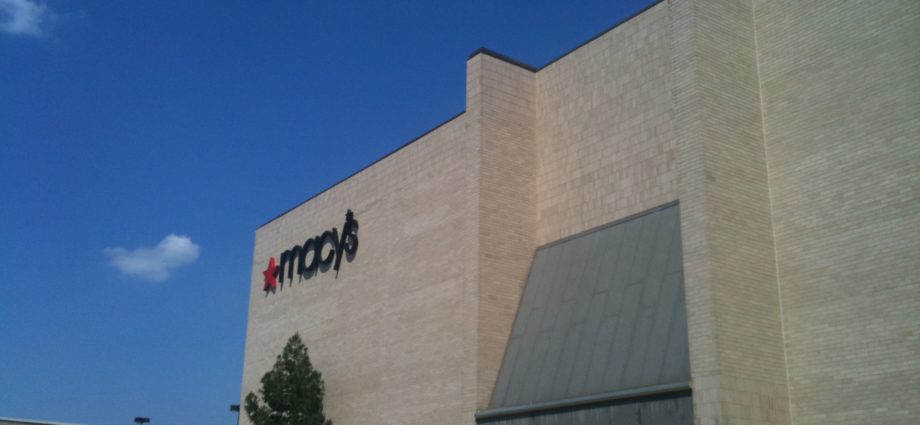

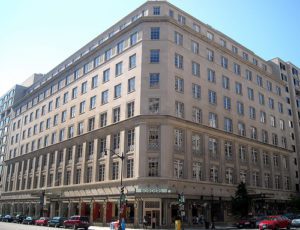
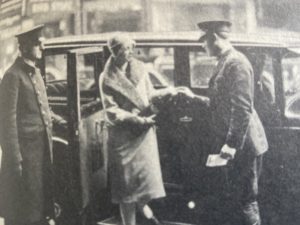
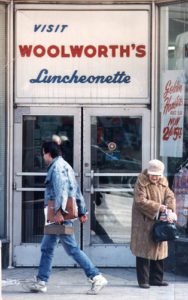
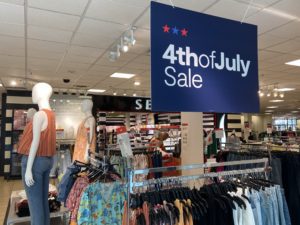
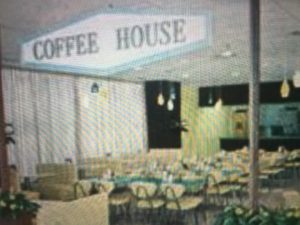
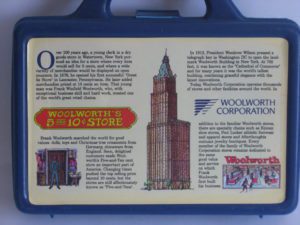
Thank you for writing about Macy’s missteps with the brands that they own.
Regarding the Macy’s on State, that store is hopeless without a complete change back to Marshall Field’s. The full value of the building as a place to sell will otherwise not be achieved.
Chicagoans will NEVER accept Macy’s. Having some items saying “Marshall Field’s” but within a Macy’s store is not going to bring customers back.
When will Macy’s shareholders demand action by the bumbling management? Oh, and for your readers, let me point out the website http://www.fieldsfanschicago.org for a small taste of the passion in Chicago for Marshall Field’s.
Again, thank you for the above article!
It has become obvious to Chicago that Macy’s [then Federated Department Stores] did not purchase the traditional stores in several states because it valued them and planned to improve on all they could be, but to throw them out and plaster the Macy’s name all over the retail monopoly board. This is not a good way to impress customers.